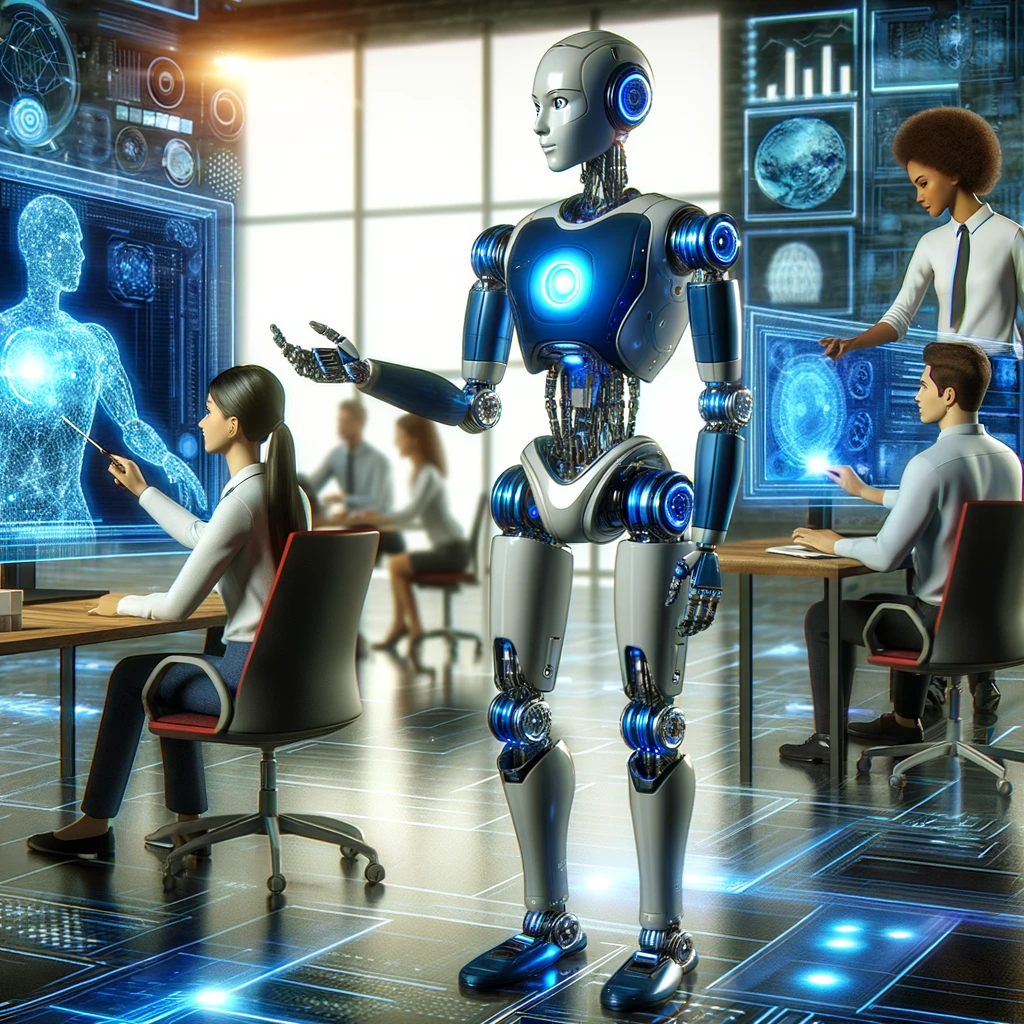The New AI Frontier: Robotics
The world of artificial intelligence (AI) is about to witness a massive transformation as Big Tech shifts its focus toward robotics. In a move that’s set to reshape industries and redefine human-machine interaction, tech giants are leveraging AI advancements to supercharge the capabilities of robots, taking automation to unprecedented levels.
Why the Shift to Robotics?
The global race to integrate AI into everyday applications has already seen significant breakthroughs in natural language processing, image recognition, and autonomous vehicles. However, robotics represents a more complex and promising frontier, combining physical movement with advanced decision-making capabilities. Companies like Google, Amazon, and Tesla are at the forefront of this movement, investing heavily in AI-powered robotics to enhance productivity and operational efficiency.
Big Tech’s Bet on AI-Driven Robotics
Recent investments and strategic initiatives highlight how seriously Big Tech is taking this pivot. For example, Google has acquired several robotics firms and is integrating its AI prowess into developing robots that can understand and interact with the physical world. Meanwhile, Amazon’s robotics division is working on AI-driven robots to streamline warehouse operations, making them more efficient and capable of handling complex tasks. Tesla’s vision of humanoid robots, designed to take over mundane tasks and potentially assist with complex functions, indicates the scope of what could be achieved.
Key Technologies Powering the Shift
- Machine Learning and Computer Vision: These technologies enable robots to process information from their surroundings and make real-time decisions. Machine learning algorithms help robots learn from their experiences, improving their functionality over time.
- Natural Language Processing: By understanding and responding to human language, robots can perform more intuitive interactions, making them more user-friendly and versatile.
- Cloud Computing: The vast amounts of data required to train AI models and operate intelligent robots are stored and processed in the cloud, making it easier to scale robotics solutions across different industries.
Industries Set to Benefit
The implications of this AI-driven robotics revolution are vast. Healthcare, manufacturing, logistics, and even customer service sectors are set to benefit. In healthcare, for example, AI-powered robots could assist in surgeries, provide care to patients, and manage hospital logistics. In manufacturing, robotics could lead to more efficient production lines, reducing costs and improving product quality.
The Road Ahead
While the potential of AI and robotics is immense, challenges remain. Ethical considerations, data privacy, and the impact on employment are critical issues that need addressing. Additionally, the technical complexity of developing reliable and safe robots requires ongoing research and development.
Conclusion
The pivot towards robotics signifies a new era in AI’s application, offering the potential to revolutionize the way we live and work. As Big Tech continues to innovate and invest in this space, the boundaries of what’s possible will only expand, bringing us closer to a future where intelligent robots are an integral part of our daily lives.



